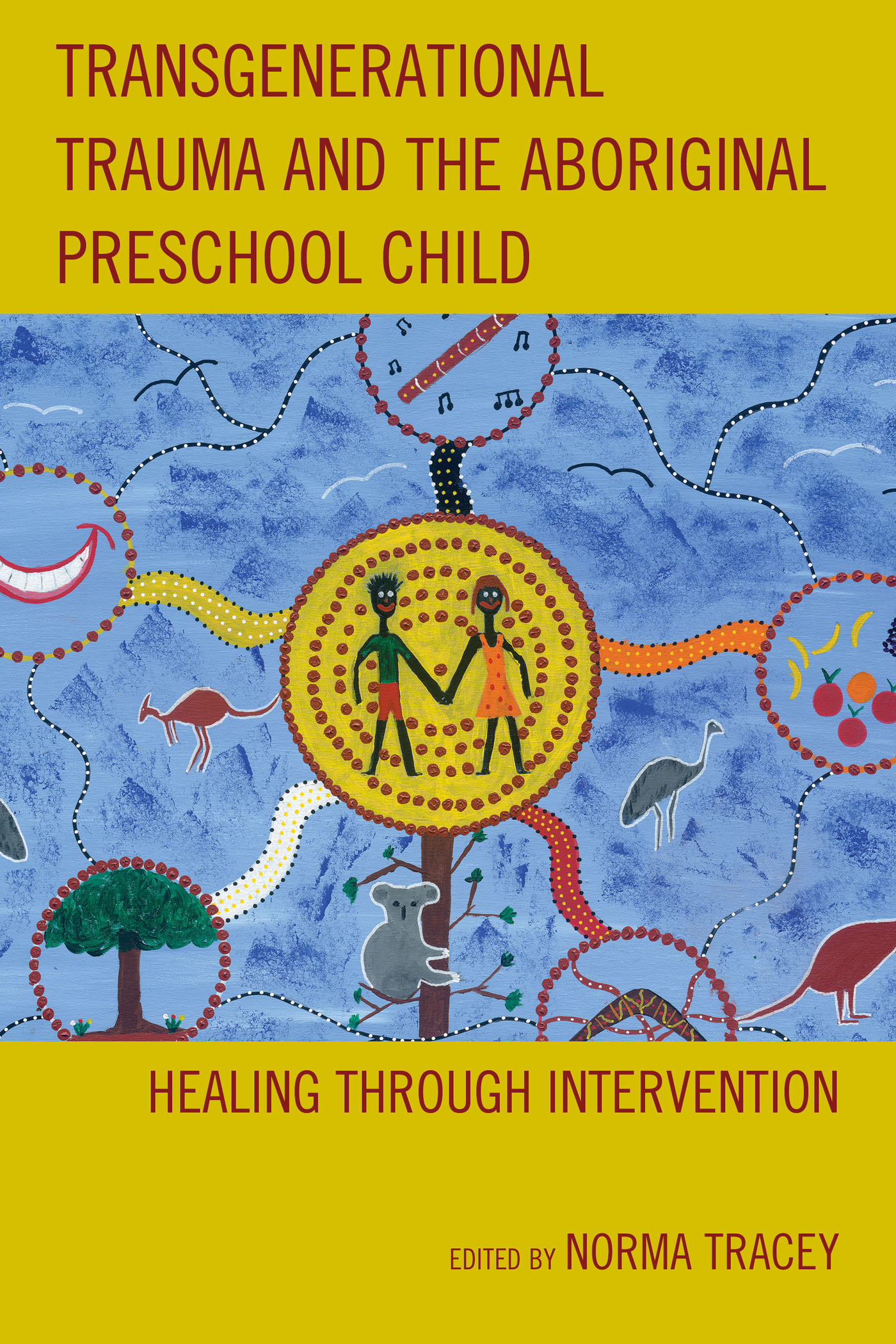Transgenerational Trauma and the
Aboriginal Preschool Child
New Imago: Series in Theoretical, Clinical, and Applied Psychoanalysis
Series Editor
Jon Mills, Adler Graduate Professional School, Toronto
New Imago: Series in Theoretical, Clinical, and Applied Psychoanalysis is a scholarly and professional publishing imprint devoted to all aspects of psychoanalytic inquiry and research in theoretical, clinical, philosophical, and applied psychoanalysis. It is inclusive in focus, hence fostering a spirit of plurality, respect, and tolerance across the psychoanalytic domain. The series aspires to promote open and thoughtful dialogue across disciplinary and interdisciplinary fields in mental health, the humanities, and the social and behavioral sciences. It furthermore wishes to advance psychoanalytic thought and extend its applications to serve greater society, diverse cultures, and the public at large. The editorial board is comprised of the most noted and celebrated analysts, scholars, and academics in the English speaking world and is representative of every major school in the history of psychoanalytic thought.
Titles in the Series
Relating to God: Clinical Psychoanalysis, Spirituality, and Theism, by Dan Merkur
The Uses of Psychoanalysis in Working with Childrens Emotional Lives, edited by Michael OLoughlin
Psychodynamic Perspectives on Working with Children, Families, and Schools, edited by Michael OLoughlin
Working with Trauma: Lessons from Bion and Lacan, by Marilyn Charles
Hypocrisy Unmasked: Dissociation, Shame, and the Ethics of Inauthenticity, by Ronald C. Naso
Searching for the Perfect Woman: The Story of a Complete Psychoanalysis, by Vamk D. Volkan with J. Christopher Fowler
In Freuds Tracks: Conversations from the Journal of European Analysis, edited by Sergio Benvenuto and Anthony Molino
Desire, Self, Mind, and the Psychotherapies: Unifying Psychological Science and Psychoanalysis, by R. Coleman Curtis
Transgenerational Trauma and the Aboriginal Preschool Child: Healing through Intervention, edited by Norma Tracey
Transgenerational Trauma and the
Aboriginal Child
Healing through Intervention
Edited by Norma Tracey
Foreword by Ursula Kim
ROWMAN & LITTLEFIELD
Lanham Boulder New York London
Published by Rowman & Littlefield
A wholly owned subsidiary of The Rowman & Littlefield Publishing Group, Inc.
4501 Forbes Boulevard, Suite 200, Lanham, Maryland 20706
www.rowman.com
Unit A, Whitacre Mews, 26-34 Stannary Street, London SE11 4AB
Copyright 2015 by Rowman & Littlefield
All rights reserved. No part of this book may be reproduced in any form or by any electronic or mechanical means, including information storage and retrieval systems, without written permission from the publisher, except by a reviewer who may quote passages in a review.
British Library Cataloguing in Publication Information Available
Library of Congress Cataloging-in-Publication Data
Transgenerational trauma and the Aboriginal preschool child : healing through intervention / edited by Norma Tracey ; foreword by Ursula Kim.
p. ; cm. (New imago)
Includes bibliographical references and index.
ISBN 978-1-4422-3549-6 (cloth : alk. paper) -- ISBN 978-1-4422-3550-2 (ebook)
I. Tracey, Norma, editor. II. Series: New imago.
[DNLM: 1. Child, PreschoolAustralia. 2. Oceanic Ancestry GrouppsychologyAustralia. 3. Stress Disorders, Post-TraumaticpsychologyAustralia. 4. Intergenerational RelationsAustralia. 5. Social EnvironmentAustralia. 6. Transference (Psychology)Australia. WM 172.5]
RJ506.P66
618.92'852100994dc23
2014037064
 TM The paper used in this publication meets the minimum requirements of American National Standard for Information Sciences Permanence of Paper for Printed Library Materials, ANSI/NISO Z39.48-1992.
TM The paper used in this publication meets the minimum requirements of American National Standard for Information Sciences Permanence of Paper for Printed Library Materials, ANSI/NISO Z39.48-1992.
Printed in the United States of America
Dedicated to the Aboriginal people of Australia,
the past, present, and future custodians of this land.
Foreword
Ursula Kim
Before I address the value of this amazing book for preschool teachers everywhere, I would like to take this opportunity to tell a little about myself and who I am and what I believe my being Aboriginal is about. I grew up on the riverbank. The river was our playground, and it taught us many thingsbut most of all how to survive in this environment. My mother would call us ducks because we as children learned how to swim in the river and to play and to become aware of what was happening around us. In our early years numeracy was something easily learned by playing with stones and sticks to create play, as for example with the little rooms we called cubbies, in games, and leaving landmarks when walking in the bush. This taught us how to live off the land and respect for nature. During flood time our parents would teach us not to approach the river because of the danger in the strength and force of the water. I have many stories but my experience of our culture was that we as children had a lot to learn and it was from our own experiences. And this gives us the connection to our land.
This book also gives us a voice. It gives us the right to speak about our feelings, and it shows the pain inflicted on us as a vulnerable people.
I know that one of the most important things for the traumatized people of my culture is to regain their identity. Every morning I stand at the entrance to my preschool, which has one hundred and twenty Aboriginal families, and I say good morning and I greet each of them by name. Just to be acknowledged and to have a feeling that they belong is healing in itself. If I am going to do the talk I want to do the walk as well.
Through this book, Norma Tracey helps us tell our story and speak of our pain and the pain of our children. Some people will not want to know. They will ask, How can a non-Aboriginal understand us? How can people from the United States write about us? They can because we all need to see ourselves as human beings, all suffering and struggling in our lives. Some of the things they write about in this book are things our ancestors have known for more than 40,000 years. Things like the Dadirri circle and like The Dreaming stories. We can be proud of having something to give the newcomers to our ancient land.
It is fitting that Norma and two of her colleagues have been awarded the title and role of Reconciliation Ambassadors to the Aboriginal people on behalf of the Australian Association of Social Workers. We want reconciliation on both sides, and it is books like this one that will give us that reconciliation.
This book about Gunawirras work has two levels. One is really supportive and nourishingit is an environment where there is a rich and lively discussion of things that concern us all, Aboriginal and non-Aboriginalyet the other is about a deep underlying layer that is full of really frightening trauma that is there too. This book is not afraid to name that and it is not afraid to attempt a healing through reconciliation at a level of cultural understanding, as well as a healing in our own unconscious through a psychoanalytic understanding of our problems.
Ursula Kim
Director Minimbah Preschools, Armidale, New South Wales
Gunawirra Board Director
Acknowledgments
The miracle of Gunawirra has always been alive in the common spiritual energy and vision of every person involved. That spirit is present in this book with each of our authorsAboriginal and non-Aboriginal, teachers or students, clinicians or academics.

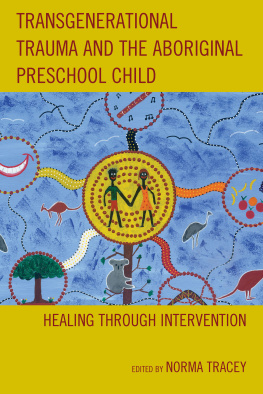

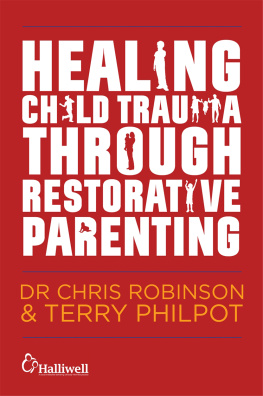
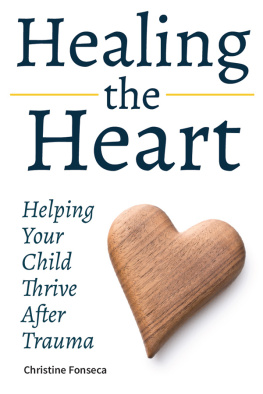

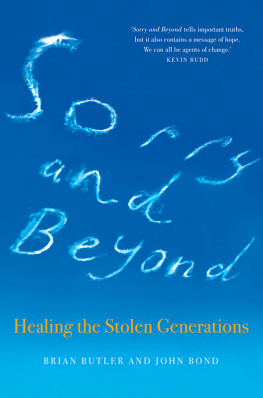

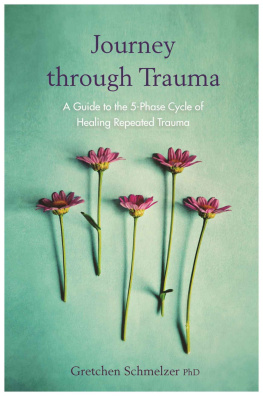

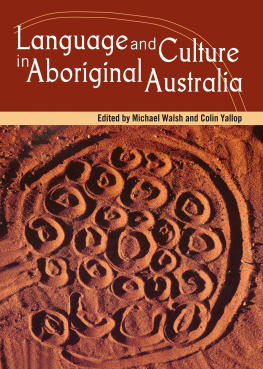
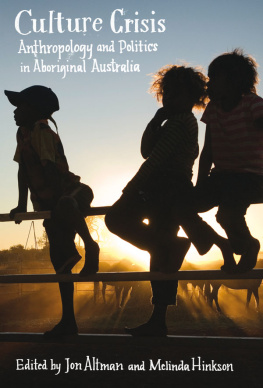
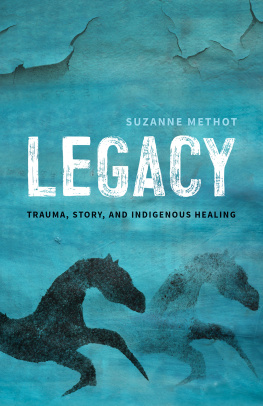
 TM The paper used in this publication meets the minimum requirements of American National Standard for Information Sciences Permanence of Paper for Printed Library Materials, ANSI/NISO Z39.48-1992.
TM The paper used in this publication meets the minimum requirements of American National Standard for Information Sciences Permanence of Paper for Printed Library Materials, ANSI/NISO Z39.48-1992.